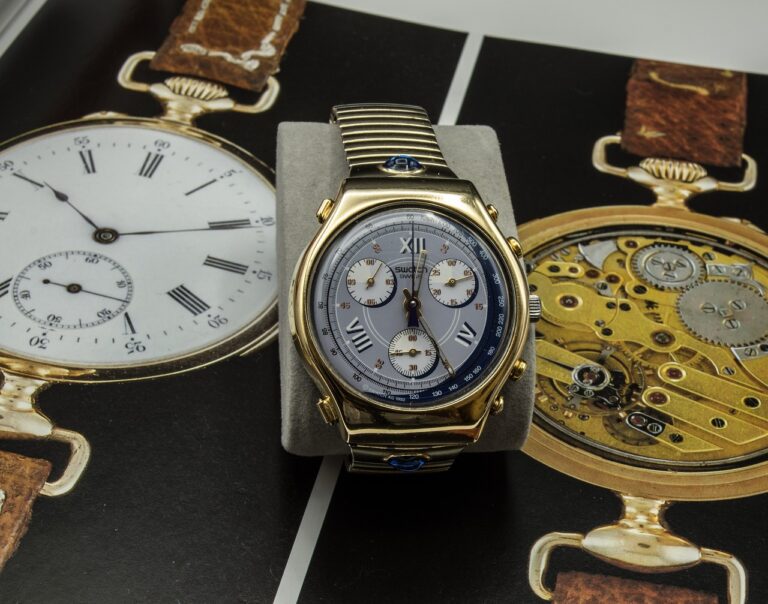Fashion and Technology: Exploring the Role of AI in Personalized Shopping Experiences
Personalized shopping experiences have transformed the way consumers interact with brands. Gone are the days of one-size-fits-all marketing strategies; instead, retailers are leveraging data and technology to tailor their offerings to individual preferences. This shift has not only increased customer satisfaction but also enhanced brand loyalty and engagement.
With the rise of e-commerce and mobile shopping, the demand for personalized experiences has only grown. Consumers now expect a seamless journey from discovery to purchase, with recommendations and offers curated just for them. This evolution has forced retailers to invest in tools and platforms that can analyze customer data in real-time, allowing for targeted marketing campaigns and product recommendations that resonate with each unique shopper.
The Impact of Artificial Intelligence on Fashion Retail
Artificial intelligence has revolutionized the way fashion retailers interact with customers. Through advanced algorithms and data analytics, AI can now predict consumer preferences and behaviors with unprecedented accuracy. By analyzing vast amounts of data, retailers can offer personalized recommendations and tailor their marketing strategies to individual customers, enhancing the overall shopping experience.
Furthermore, AI has streamlined inventory management and supply chain processes for fashion retailers. By leveraging predictive analytics, businesses can optimize their stock levels, reduce excess inventory, and meet consumer demand more efficiently. This not only improves customer satisfaction by ensuring products are always available but also helps retailers minimize costs and maximize profits.
How AI Algorithms Analyze Customer Behavior
AI algorithms revolutionize the way customer behavior is analyzed in the retail sector. By processing vast amounts of data, these algorithms can uncover patterns and trends that human analysts may overlook. Through the use of machine learning and predictive analytics, AI algorithms can predict future buying behavior based on past interactions and preferences.
One key advantage of AI algorithms in analyzing customer behavior is their ability to provide personalized recommendations and tailored shopping experiences. By leveraging data on individual preferences, purchase history, and browsing habits, retailers can offer targeted product suggestions that resonate with each customer. This level of customization not only enhances the shopping experience but also increases customer satisfaction and loyalty.
– AI algorithms revolutionize customer behavior analysis in the retail sector
– They process vast amounts of data to uncover patterns and trends
– Machine learning and predictive analytics help predict future buying behavior based on past interactions
One key advantage of AI algorithms is their ability to provide personalized recommendations and tailored shopping experiences.
– Data on individual preferences, purchase history, and browsing habits are leveraged for targeted product suggestions
– This level of customization enhances the shopping experience and increases customer satisfaction and loyalty
How do AI algorithms personalize shopping experiences for customers?
AI algorithms analyze customer behavior by tracking their browsing history, purchase patterns, and preferences to recommend products tailored to their individual tastes.
What benefits does artificial intelligence bring to fashion retail?
AI helps fashion retailers understand their customers better, predict trends, optimize pricing strategies, and improve the overall shopping experience for consumers.
Can AI algorithms accurately predict customer behavior?
Yes, AI algorithms use machine learning and data analytics to analyze vast amounts of customer data and make accurate predictions about their future behavior.
How do AI algorithms analyze customer behavior?
AI algorithms collect and analyze data from various sources, such as online interactions, social media, and purchase history, to identify patterns and trends in customer behavior.







